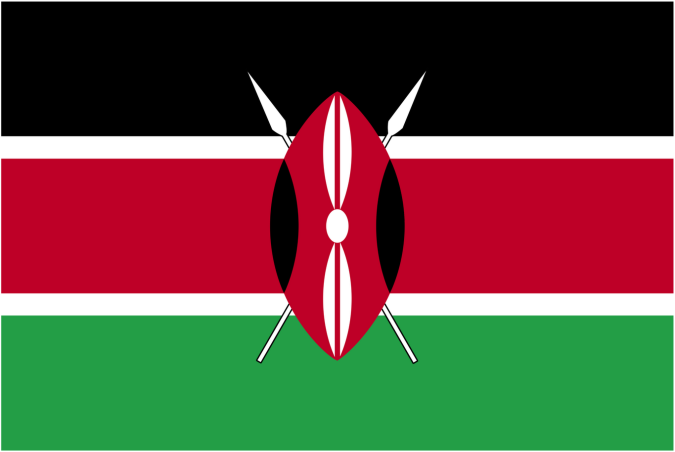Kenya: After Thirty Years, Credit Cards Remain for Just a Few

By Bankelele
A few weeks ago, I tried to pay my accommodation bill at a sports club.
They accept Lipa Na M-Pesa (payment by M-Pesa) and have a sign on the wall above the accountant's desk.
I asked if I could pay by card and the accountant said this was possible, but if I chose this option, the club would add on a three per cent processing fee to my payment.
I protested this, but the accountant said the card-processing fee is actually in their by-laws, which are the rules members vote on to determine how to manage their club.
This rule seems archaic, but it probably stems from a time, probably in the 1980s or 1990s, when credit cards were seen as payment options for the wealthy.
I recently saw a 1989 magazine advertisement for the Diners' Club card, one of the first top local credit cards in Kenya.
It boasted that the Diners' card was accepted at 3,500 establishments, offered 24-hour cash withdrawals at 10 locations, access to 22 luxurious airport lounges at global cities, 24-hour customer service and came with an extra card for personal use.
This was truly exclusive and groundbreaking for the time, as the first ATM in Kenya was only installed in 1989, by Standard Chartered Bank at its Moi Avenue branch.
PRODUCT FOR THE MASSES
Nowadays cards are more prevalent; in fact, there were 238,000 in Kenya, an increase of 8 per cent during the 2015/2016 financial year, according to the Central Bank of Kenya (CBK) 2016 annual report.
There are also 11 million debit cards, which are mainly used for withdrawals at ATMs. They too can be swiped like a credit card, but such usage is much less common.
There was no charge for using M-Pesa to pay at the sports club and this could be because, unlike credit cards, mobile money payments were introduced as a product for the masses, not for the wealthy.
When Safaricom completed its Initial Public Offering (IPO) in mid-2008, its prospectus mentioned M-Pesa, which has been launched in March 2007, and which had 764,672 registered users by September 2007.
It targeted people who did not have a bank account or the income to justify one but who could now, with M-Pesa, have a virtual account tied to their phone number.
Ten years on, enabling people to use their phones to make payments, and even to save or borrow, is still seen as enabling access to financial services. The same CBK report noted that the country now had 31.3 million mobile money accounts in 2016.
FIST BUMP
As Safaricom announced its annual financial results earlier this week, they also introduced '1tap' which they called the next step of M-Pesa, enabling the 10-year-old product to be used for faster payments, just by doing the equivalent of a fist bump with your phone and entering your secret PIN.
However, despite the high number of mobile money accounts and volumes of usage, this is only a fraction of its economic potential.
The CBK report said Kenyans did 1.3 billion mobile money transactions or about 83 per cent of all the financial transactions in 2016, but this only amounted to Sh3 trillion, or 8 per cent of the value of payments.
Excluding government transfers, which form the greatest value of payments, cheques and bank transfers account for almost the same value of payments as mobile money, but that totalled just two per cent of the financial transactions done.
Kenyans used their payment cards to do 14 per cent of their transactions, which totalled four per cent of the value of all payments.
Clearly, there is still a lot more value to be derived from the large number of mobile money accounts and their use in Kenya. This is why there are many players, including telecommunications companies, virtually all banks, loan apps, global credit card giants, and financial technology (fintech) companies all trying to come up with the next groundbreaking financial product from Kenyan phone users.
This is an exciting space to watch.
Twitter: @bankelele
SOURCE:DAILYNATION
 Africas leading resource for digital financial services
Africas leading resource for digital financial services


comments